OVERVIEW OF QUESTIONS AND ANSWERS SERIES January to June 2008
| January | February | March | April | May | June |
January 2008 (Part 1)
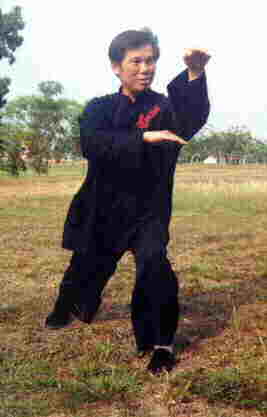
Wushu is a magnificent art and it demands much devotion to master it, but it is different from traditional Shaolin Kungfu. Wushu practitioners, for example, do not practice combat application. Some wushu practitioners are formidable fighters, but they use Kick-Boxing or other martial techniques but not wushu or kungfu forms for combat.
Click here to download.
January 2008 (Part 2)
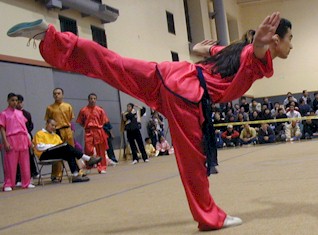
Many Shaolin kungfu and wushu practitioners only practice kungfu forms and never learn combat application. Those who attempt free sparring use Kick-Boxing or other martial art techniques but not the kungfu or wushu forms they learn. Some of them may be good at hitting people, but they cannot defend themselves. They may not realize it but this is evident in their mistaken concept that taking punches and kicks is a necessary part of sparring.
Click here to download.
January 2008 (Part 3)

And many have the perverted view that one must be willing to take some hits and kicks to learn a martial art. It is certainly not true. In fact a main reason why any person learn a martial art is not to be hit at all. The big irony is that not only many martial artists cannot defend themselves despite their training, they become more unhealthy due to sustained injuries in free sparring.
Click here to download.
February 2008 (Part 1)
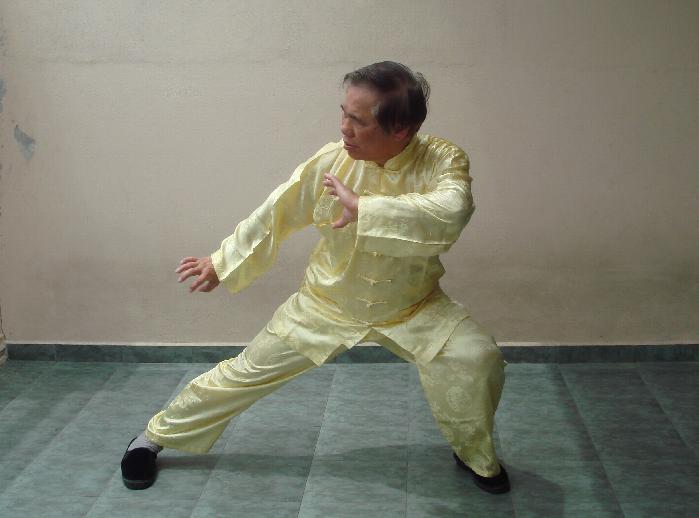
Todoay Shaolin Kungfu as well as other styles of kungfu and martial arts have been badly debased. Not only most practitioners cannot defend themselves, they become less healthy as a result of their training! Their inability to defend themselves is evident in the fact that they are routinely being hit in free sparring. Their becoming less healthy is evident in the fact that they become aggressive and in pain more often after they started training than before.
Click here to download.
February 2008 (Part 2)
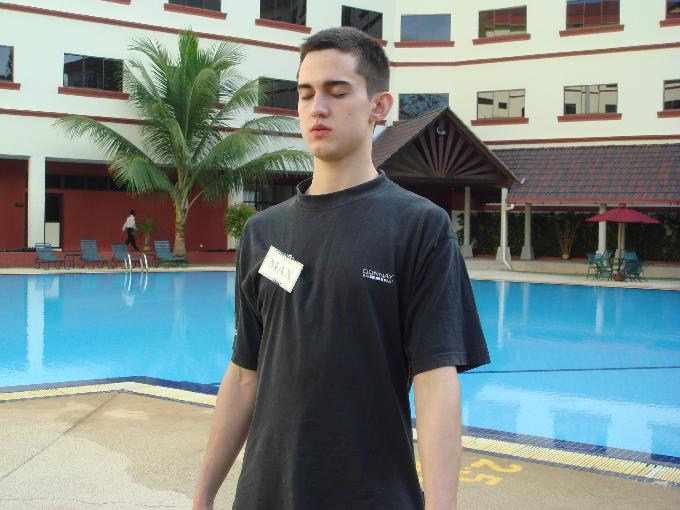
Most people today cannot relax — physically and mentally. But relaxing and entering into a meditative state of mind are two of the earliest skills our students learn in Shaolin Wahnam. If one cannot relax and be focussed in a meditative state of mind, he cannot practice chi kung, though the chi kung forms he perform may be genuine chi kung patterns — an understanding and experience you reiniforced during the Intensive Chi Kung Course.
Click here to download.
February 2008 (Part 3)
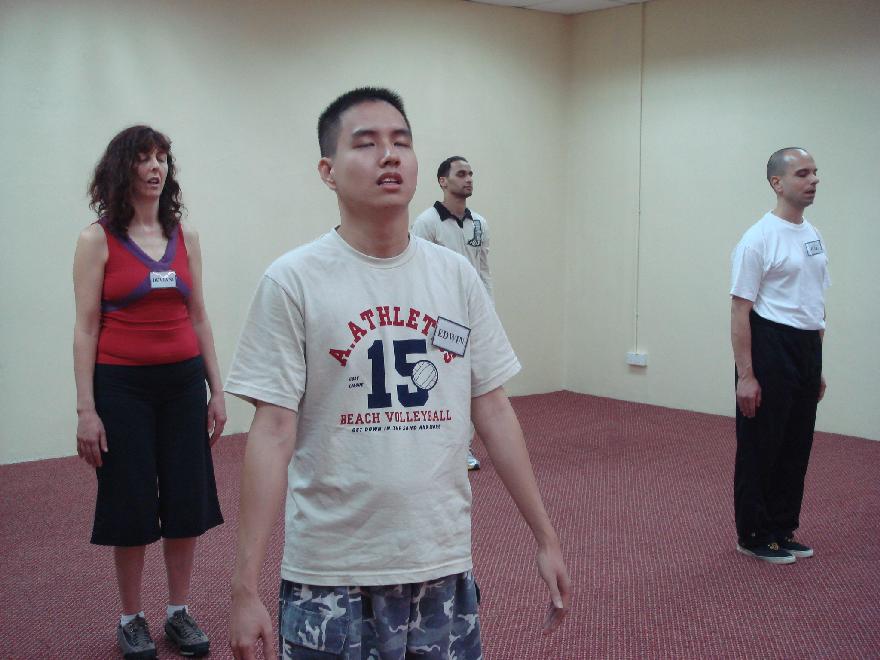
This was what Taoist masters in the past referred to as “wu-wei”, which is often translated as doing nothing and everything will be done for you. In Western terms, it is trusting God knowing that God always work for your best interest. What many people may not realize is that the Taoist masters shared only part of their secret. The first part is “you-wei”, which means doing something appropriate. In Western terms, you must help God to help you. In your case, the “you-wei” part or helping-God part is to generate an energy flow. Then the Universal Energy, or God, will work out the best for you.
Click here to download.
March 2008 (Part 1)
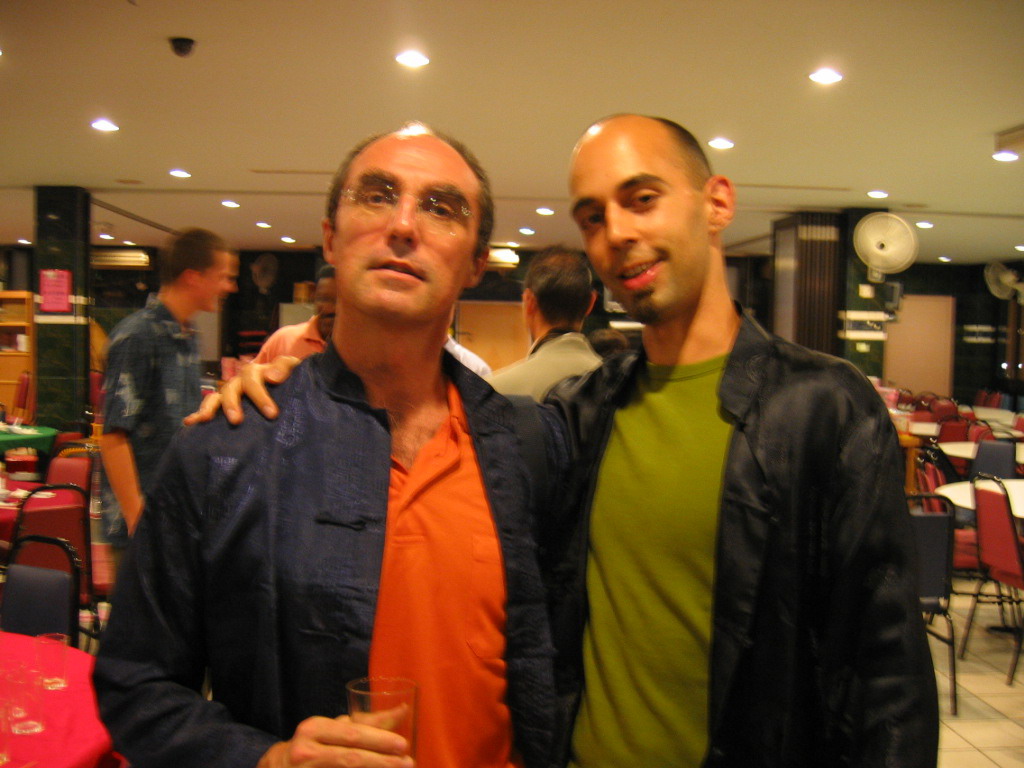
Your view should be that they like to talk with you for what you are, regardless of whether you are powerful or masculine enough. So, you should make your talk enjoyable for them as well as for yourself. One effective way is to be a good listener. If the women are short of topics to say, which is quite rare, you can ask them to tell you what they like and what they do in their free time.
Click here to download.
March 2008 (Part 2)
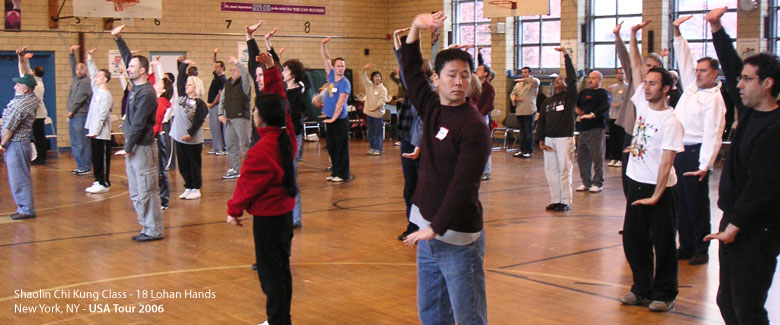
Feeling drained after just a minute of transmitting energy with a sword-finger or other means, is very bad. If you feel drained after 10 minutes, regardless of what means you use to transmit energy, is bad enough. A chi kung therapist, especially one who uses his own chi to heal others, should be able to channel chi for at least an hour without feeling drained.
Click here to download.
March 2008 (Part 3)

Most people would perform it as physical exercise, although they may call it chi kung and honestly, but mistakenly, think it is chi kung. This is the main reason why so many people do not derive the benefits of chi kung like good health, vitality and mental freshness although they have practiced what they mistakenly think is chi kung for many years.
Click here to download.
April 2008 (Part 1)

There are also different levels of attainment. In my oppinion, at the lowest level practitioners practice the arts for recreation and have the opportunity to demonstrate to their friends or the public. At the next level they have vitality in their daily life and are able to defend themselves if needed. At the highest level, they are peaceful and happy, and attain spiritual joys,
Click here to download.
April 2008 (Part 2)

You don't have to imagine in detail how an imaginary partner responds out of sequence. For example, you don't have to imagine clearly how the opponent bends his body to execute his side-kick and where he places his two hands. Just a quick thought of a side-kick coming will do. Unless it is necessary for some particular situations, you don't even have to worry where the side-kick is executed with his left or right leg. It is just “side-kick”, strike leg, Fierce Tiger — your action as fast and as flowing as thought.
Click here to download.
April 2008 (Part 3)

When we mention “chi”, we usually refer to vital energy in general. When we mention “internal force”, we usually refer to a lot of vital energy in accomplishing certain tasks, especially in martial arts, without using muscular strength.
Click here to download.
May 2008 (Part 1)

I could achieve better result by teaching just three instead of six Lohan Hands. Some students, understandably, thought I gave them less. Like most other people, they mistakenly measured progress by the number of techniques they had learnt, rather than by the cost-effectiveness they obtained desirable results. But as good teachers, we never appease our students; we teach in a way that we sincerely believe is best for them.
Click here to download.
May 2008 (Part 2)

This is another wonderful benefit of practicing genuine chi kung. You open your heart, which is the Chinese term which includes what in the West would refer to as the emotional, the mental and the spiritual. This results in mental clarity.
Click here to download.
May 2008 (Part 3)

According to the Buddha's teaching, there are three types of wisdom — language wisdom, illuminated wisdom and cosmic wisdom. Language wisdom is the lowest, illuminated wisdom is intermediate, and cosmic wisdom is the highest.
Click here to download.
June 2008 (Part 1)

Letting go is very important. We should let go physically, emotionally, mentally and spiritually. A lot of problems arise when a person cannot let go. He becomes tensed when he cannot let go physically. He becomes angry, afraid, nervous or sad when he cannot let go emotionally. He becomes dull-minded and stressful when he cannot let go mentally. He becomes depressed and imprisoned when he cannot let go spiritually.
Click here to download.
June 2008 (Part 2)

But it matters that you stop worrying and get on with your chi kung practice and get on with your life. You owe it to your parents and yourself to live your life fruitfully. Besides practicing chi kung, you should also change your lifestyle. Spend at least two days a week to travel. You can travel anywhere, and you need not have to travel far. But you have to leave your house and go outside. You may just take a ride in the country-side and let your spirit expand.
Click here to download.
June 2008 (Part 3)

I am glad to hear that after a long time you are able to enjoy your food at last. Enjoying our food is only a bonus; there are many more remarkable benefits of practicing high level chi kung. One of such benefit that we can enjoy everyday is to have vitality and mental clarity to have better results no matter what we do. Smiling from the Heart is probably our best benefit, and it brings other wonderful benefits. It is the hallmark of our school.
Click here to download.
